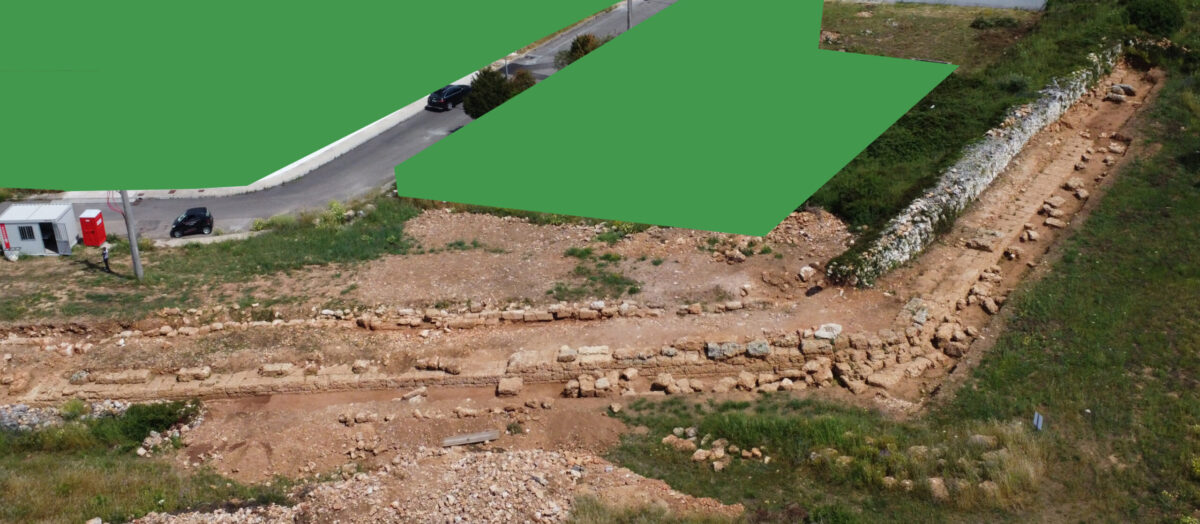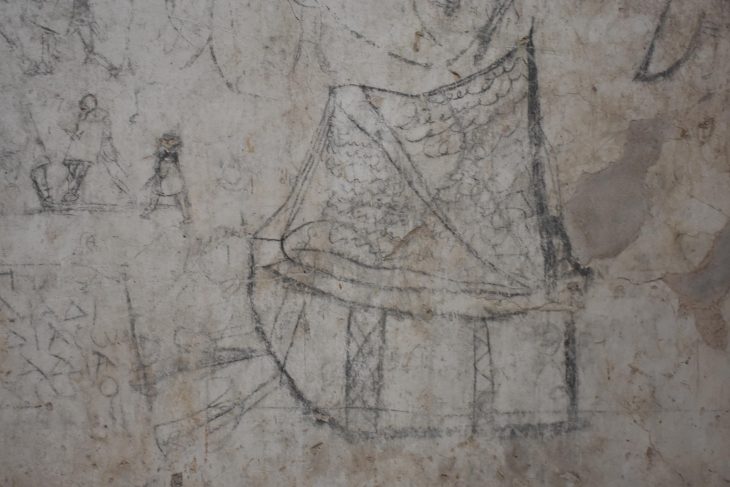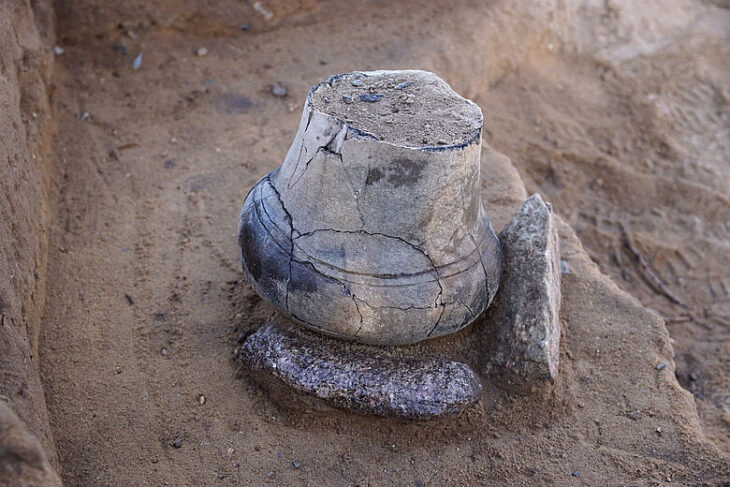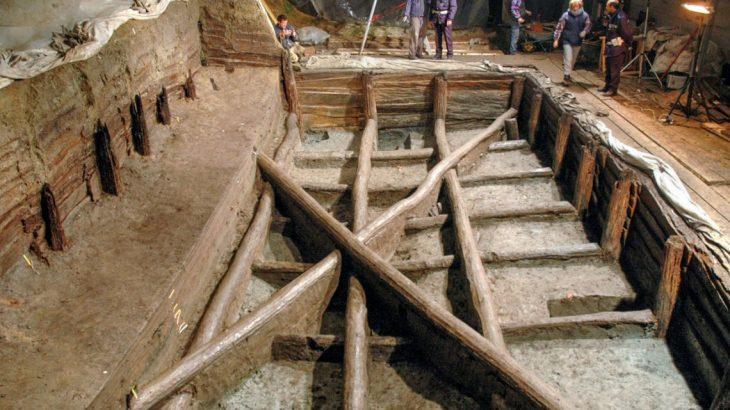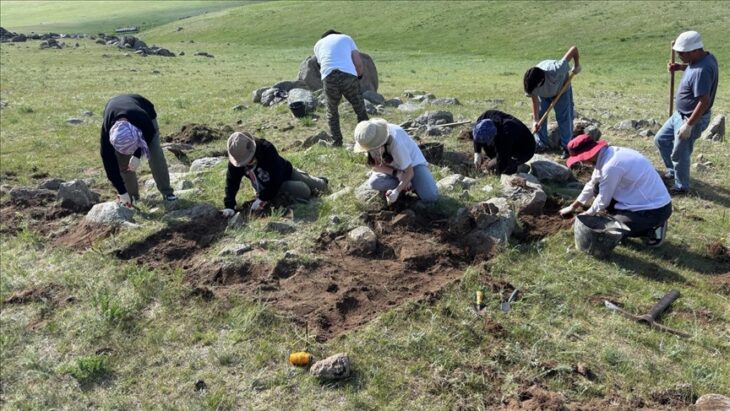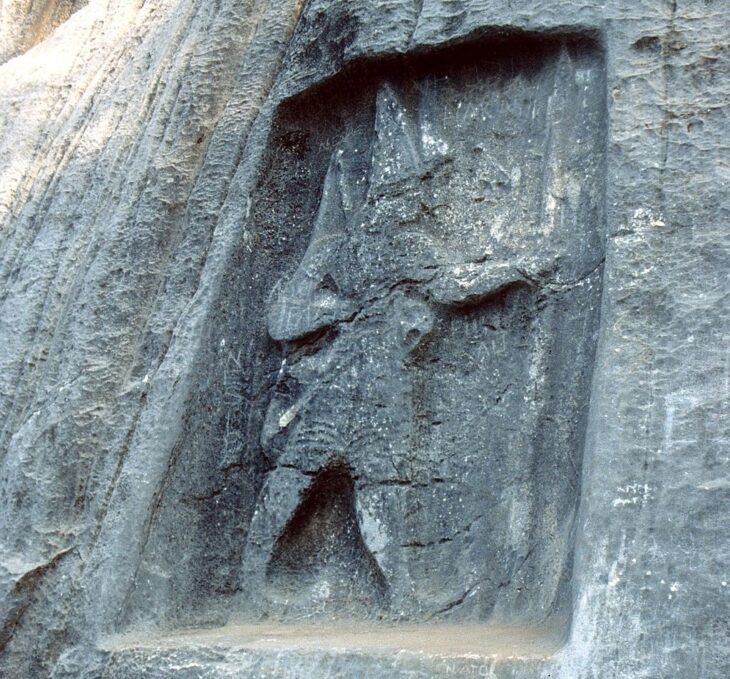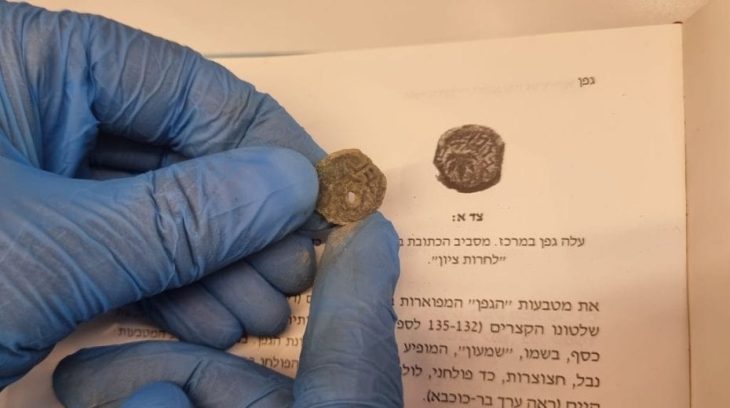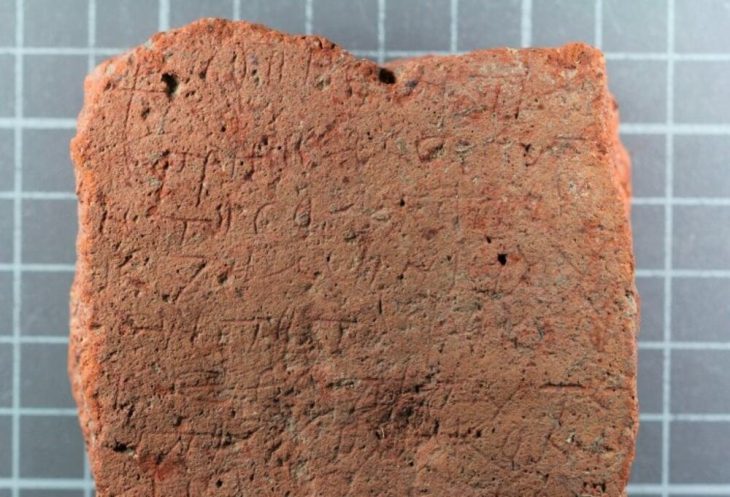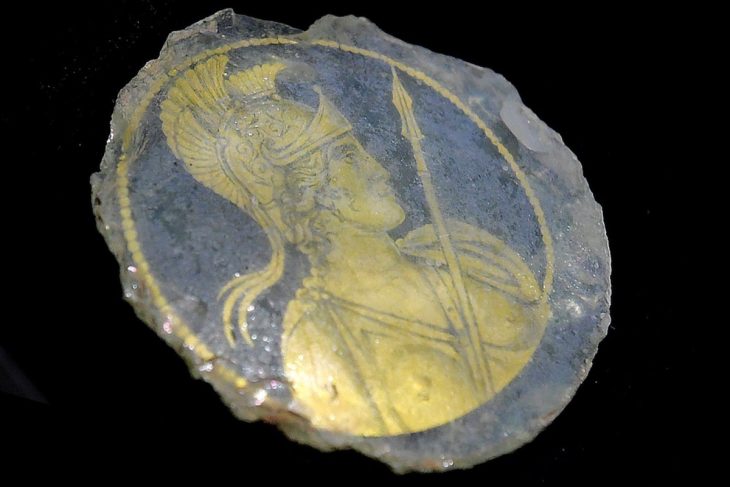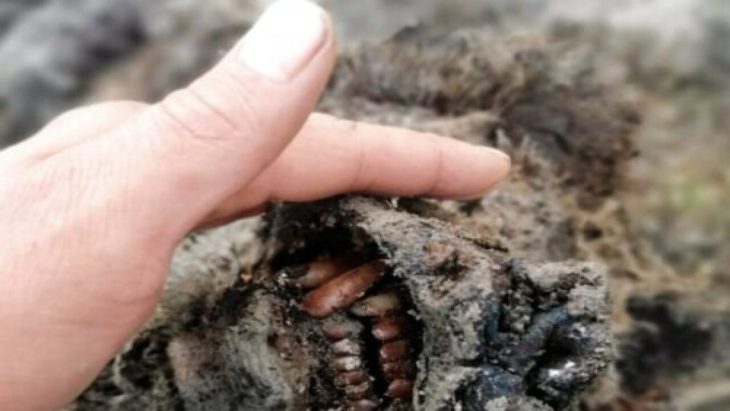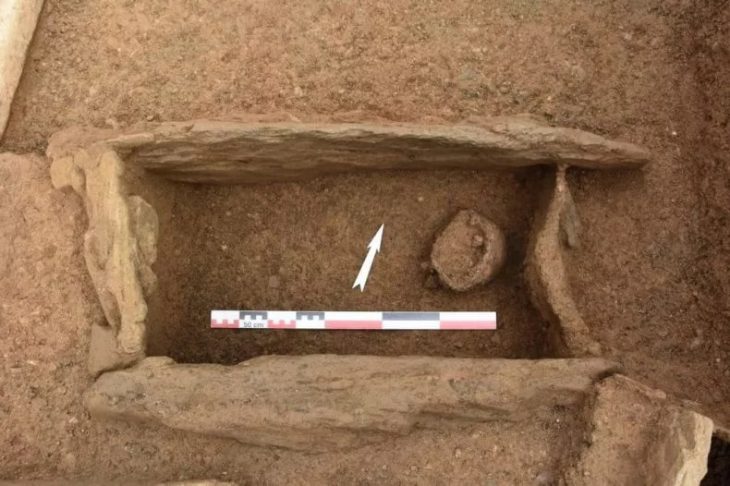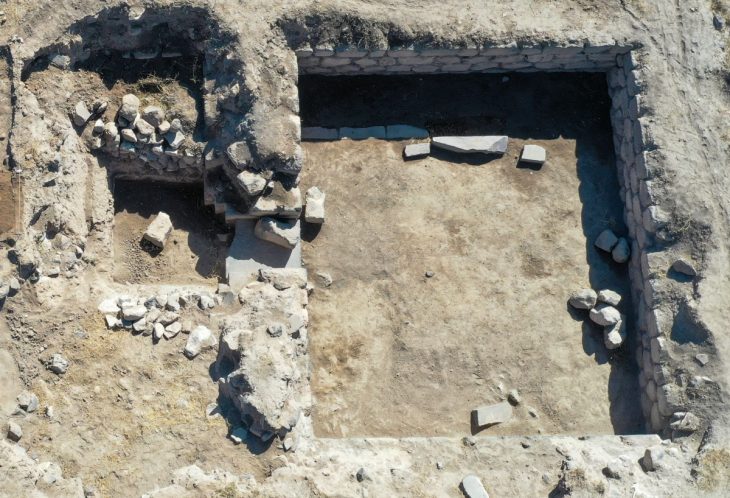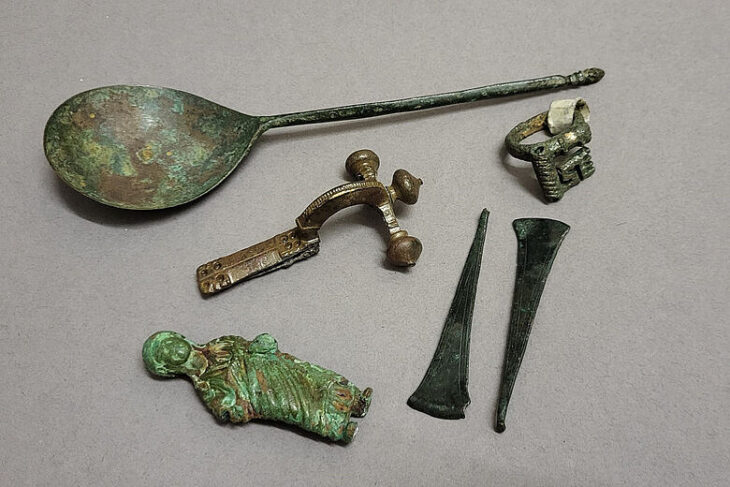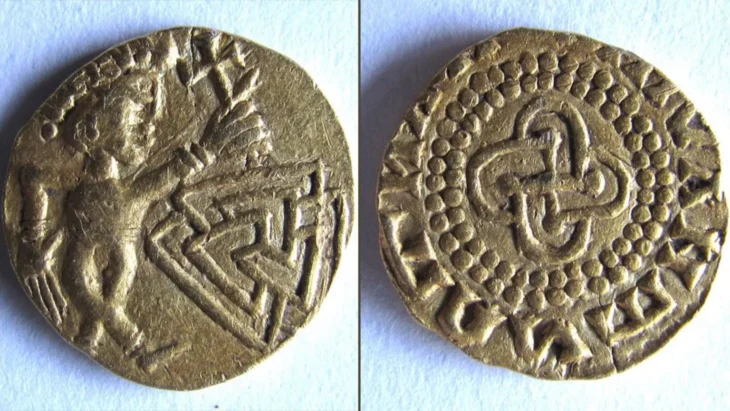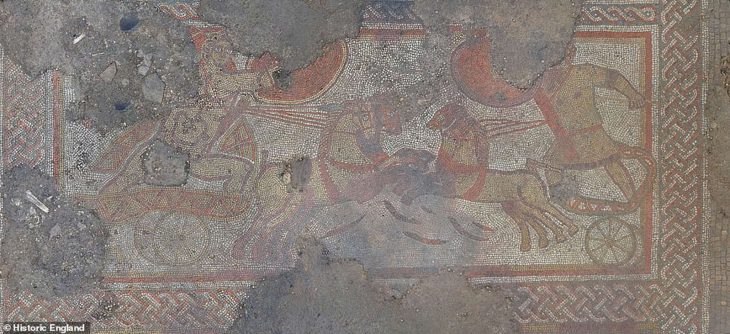Archaeologists in Ugento, a city in southern Italy that once sided with Hannibal during the Second Punic War, have uncovered a remarkable stretch of ancient Messapian fortifications and a trove of Roman weaponry. The excavation revealed over 170 meters of defensive walls and 450 lead sling bullets—silent witnesses to a brutal Roman siege dating back over 2,200 years.
Archaeologists have unearthed a significant stretch of ancient Messapian fortifications in Cupa, a district of Ugento in southern Italy, offering new insights into one of the bloodiest chapters of the Second Punic War. The excavation, part of the 2025 campaign carried out by the CNR ISPC (Institute of Heritage Science – Laboratory of Archaeological Cartography), revealed over 170 meters of well-preserved defensive structures, more than 450 Roman lead sling bullets (“ghiande missili”), and iron arrowheads from Roman scorpio machines, shedding light on the Roman siege of Ugento, a city once allied with Hannibal.
Archaeological Excavation Led by National and Local Institutions
The dig, which took place between April 7 and June 6, 2025, was led by Dr. Giuseppe Scardozzi (CNR ISPC) in collaboration with the Municipality of Ugento, under a renewed operational agreement signed in February 2025. It forms part of the PNRR CHANGES project, with academic participation from students of the PASAP Med PhD program at the University of Bari and field support from the company Servizi per l’Archeologia.
Structure and History of the Massive Messapian Walls
Excavations uncovered a corner bastion rising up to 1.80 meters, extending between via S. Francesco and via Bolzano, with an additional 70-meter segment located further north near via Giannuzzi. Two distinct construction phases were identified:
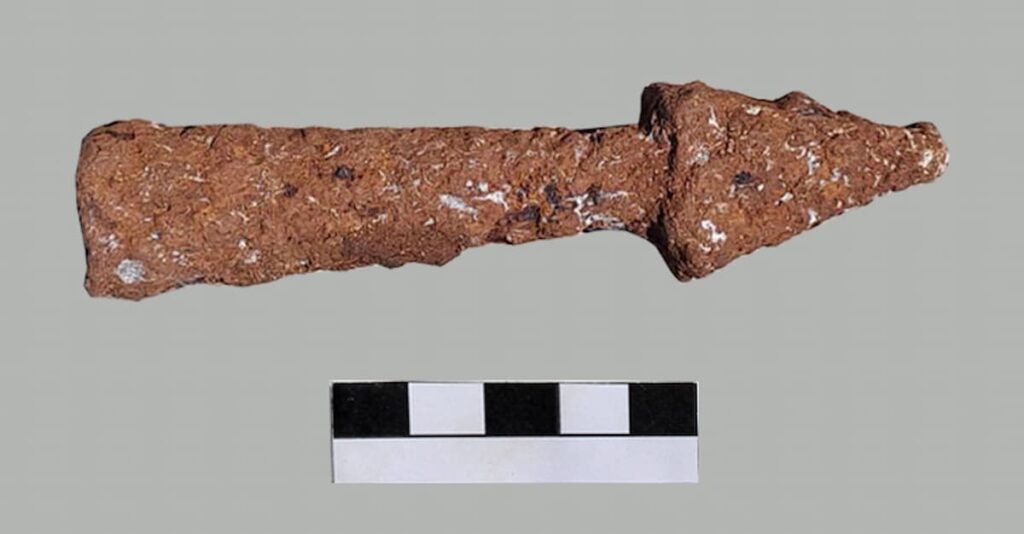
Phase 1 (mid-4th century BCE): The original wall was 4.6 meters thick and built using dry-laid calcarenite blocks with a limestone-and-earth core (emplekton).
📣 Our WhatsApp channel is now LIVE! Stay up-to-date with the latest news and updates, just click here to follow us on WhatsApp and never miss a thing!!
Phase 2 (early 3rd century BCE): A new outer and inner curtain was added using larger blocks, increasing total thickness to nearly 7 meters, likely in response to Rome’s rising threat.
Evidence of a Devastating Roman Attack
A destruction layer discovered near the corner bastion revealed intense combat evidence, including over 450 lead sling bullets and nine iron scorpio bolts — tools of Roman warfare used in close-quarters bombardment. Experts date the siege to around 209 BCE, when Ugento sided with Hannibal against Rome.
From Fortress to Quarry: The Wall’s Eventual Decline
Following its fall, the wall was systematically dismantled beginning in the 2nd century BCE, with stone blocks reused in other buildings. Visible quarry marks on the remaining stone facings confirm this transition from fortification to construction resource — a pattern observed in previous excavations as well.
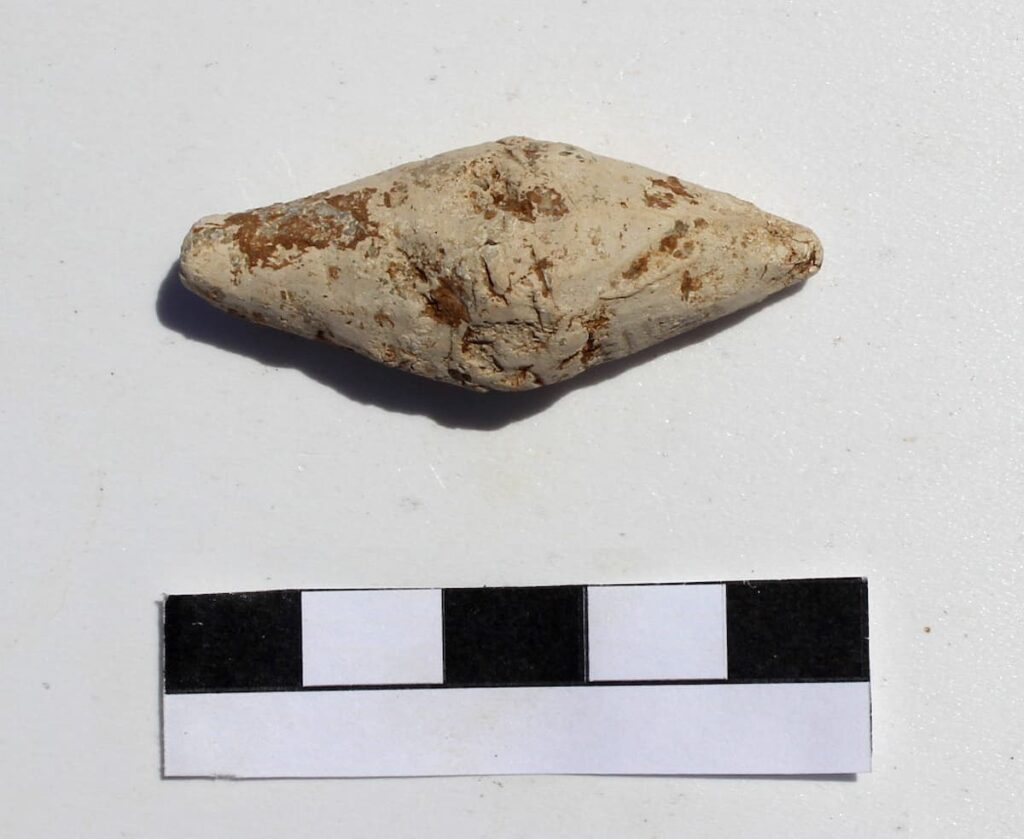
Modern Technology Meets Ancient History
The campaign was enhanced by geophysical surveys performed in December 2024 by the CNR-ISPC Geophysics Laboratory in Lecce, directed by Dr. Giovanni Leucci. These surveys played a crucial role in identifying trench locations and uncovering buried structures.
Next Steps: A Museum in the Making
The Ugento City Council is now exploring plans to transform the excavation site into a museum, potentially turning it into a key cultural and historical attraction in the region. Experts continue to study the materials recovered, which may further illuminate the violent conflicts that shaped the ancient Mediterranean world.
Cover Image Credit: A section of the ancient wall was unearthed during excavations. Credit: CNR Institute of Heritage Science (ISPC) / SABAP Lecce

